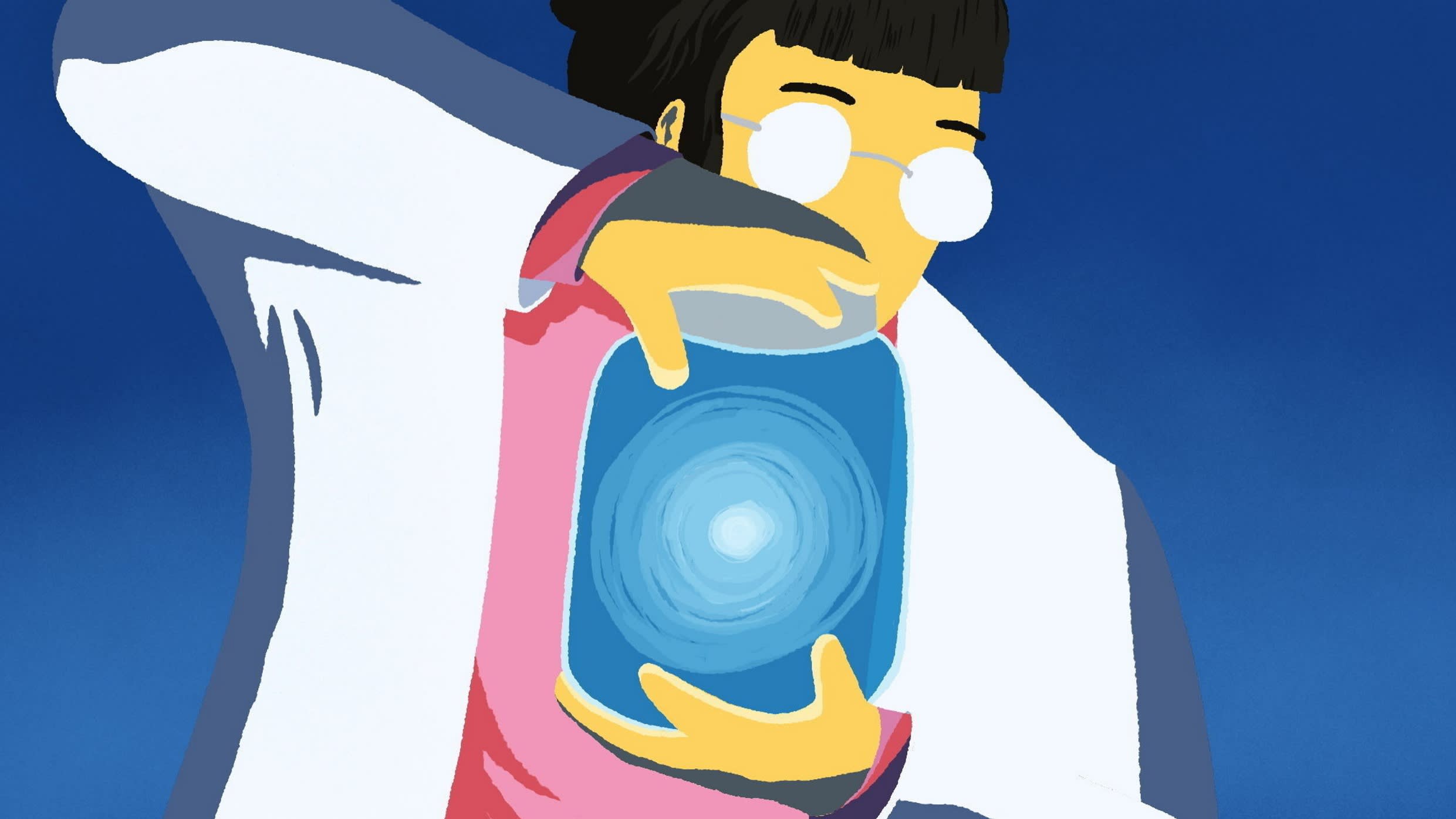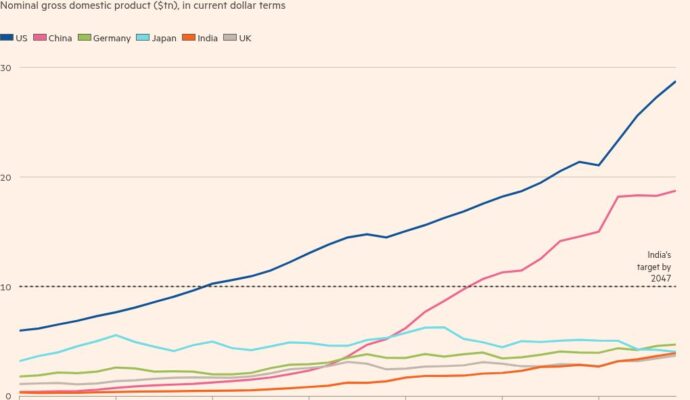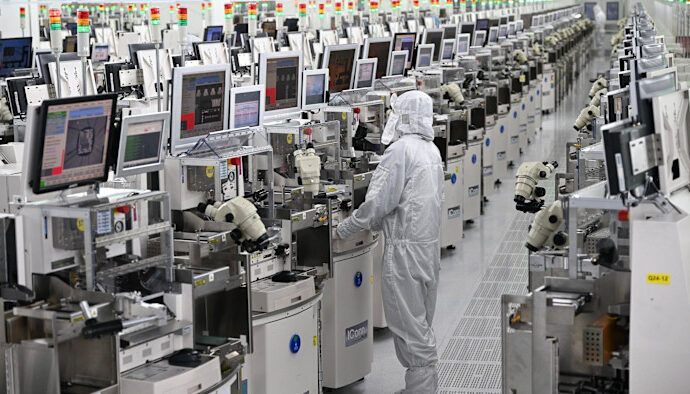
Receive free Science updates
We’ll send you a myFT Daily Digest email rounding up the latest Science news every morning.
The writer is a science commentator
Trying to spot neutrinos is a bit like trying to catch moonbeams. The subatomic particles permeate the universe but, being near-massless and electrically neutral, they rarely interact with anything. In the seconds it takes you to read this sentence, trillions of these so-called ghost particles will have zipped through your body.
Neutrinos are a new frontier in the quest to stress-test the Standard Model, the basic description of how the universe works. That is because the particles could illuminate one of the most fundamental mysteries in science: why, against expectation, does the universe exist? Two multinational experiments in Japan and the US may furnish answers over the coming decade — answers that could prove as unsettling as Einstein’s challenge to Newton’s law of gravity.
According to the Standard Model, the Big Bang 13.8bn years ago should have created equal amounts of matter and anti-matter, a mirror form of stuff in which every “antiparticle” has the same mass as its corresponding particle but the opposite electrical charge. Each should have cancelled each other out. Instead, here we are — along with other excess matter such as stars and galaxies.
Neutrinos, commonly produced when atoms fuse together or break apart — in nuclear reactors, particle accelerators, stars (including the Sun) and exploding supernovae — have attracted suspicion as a possible explanation because they don’t quite fit the Standard Model.
“The Standard Model predicts that neutrinos don’t have mass but the reality is that they do,” explains Professor Andrew Pontzen, a cosmologist at University College London and author of The Universe in a Box. Incriminatingly, neutrinos may also violate the same rules of symmetry that predict equivalence between matter and anti-matter at the Big Bang. That kind of break in symmetry, Pontzen told me, “must have been present at some level in the early universe to explain why we end up with more matter than anti-matter”. Dark matter and hypothetical particles called axions, Pontzen adds, are other examples of cosmic symmetry-breaking.
Understanding neutrinos and their matching antiparticles, called antineutrinos, means finding them, a feat first accomplished in the 1950s. Today, there are detectors buried underneath mountains, down disused mines and even 1.5km down in the Antarctic ice. The surrounding rock, earth and ice filter out other particles, such as cosmic rays; the neutrinos race through unimpeded. On rare occasions, a single neutrino will hit an atom in the liquid-filled detector, producing a distinctive signal such as a flash of radiation.
Decades of experiments have revealed that neutrinos and antineutrinos are shape-shifters, able to switch, or oscillate, between three different types or “flavours”. One theory is that these oscillations somehow provide a slender window for a surplus of matter. The switching will come under scrutiny by two next-generation facilities: Hyper-Kamiokande in Japan and the Deep Underground Neutrino Experiment (Dune) in the US.
Hyper-Kamiokande, which is to start operating in 2027, will be a successor to the Super-Kamiokande detector, a shimmering chamber underneath a mountain near Kamioka in western Japan. Super-K, comprising 50,000 tonnes of pure water surrounded by 13,000 sensors, receives a neutrino beam generated in Tokai, nearly 300km to the east. It currently registers only about 30 neutrinos a day. Hyper-Kamiokande, with the UK among 21 participating countries, will be bigger, with five times the mass of water and many more sensors.
Dune, meanwhile, is due to start operating in 2026 — the UK is one of around 30 countries signed up to the experiment. Dune will fire neutrinos from the Fermi National Accelerator Laboratory in Illinois to an underground facility 1,300km away in South Dakota. There are no tunnels; in both countries, the neutrinos — checked at the start and end of their journeys to sniff out oscillations — will travel underground through the earth. Separately, scientists in China plan to study neutrino flavours at the Jiangmen Underground Neutrino Observatory in Guangdong province from next year.
We have come a long way since 1930, when Austrian physicist Wolfgang Pauli proposed that, for cosmic equations to make sense, the neutrino must exist. It would be quite something to discover that it is only thanks to these shape-shifting ghosts that we ourselves do.


